Politics
Massive protests erupt again over disputed Venezuelan elections ‚Äì but they look different this¬Ýtime
Post-election protests are far from uncommon in Venezuela. In 2018, people took to the streets to contest President Nicolás Maduro’s reelection; they did so again in 2019 when the Venezuelan opposition proclaimed National Assembly representative Juan Guaidó as interim president in defiance of a vote they said was rigged.
It isn’t surprising, then, that there have been widespread demonstrations in the country after Maduro claimed victory again, this time over challenger Edmundo González in the disputed election held July 28, 2024.
Many in the country had viewed the vote as a chance to avoid six more years of “Chavismo” – a political project Maduro inherited from former president and left-wing populist Hugo Chávez. Since 2013, Maduro has led the country while it has faced a severe economic crisis, resulting from a combination of falling oil prices, corruption and mismanagement, and international sanctions. The crisis has resulted in massive iNFLation and food shortages, with the majority of the population facing the choice of living in poverty or leaving the country.
But the current protests – sparked by the disputed election results but fomented by years of economic crisis – look different. From our analysis of news reports, social media and the protests themselves, it appears they involve a wider segment of society than in the past, and include many poor and working-class Venezuelans – the very groups from which Chavismo has traditionally drawn support.
The big question now is whether this more diverse base of protesters will have any impact, or, as has happened in the past, Maduro will be able to ride out the post-election unrest by using suppressive tactics.
Disputed result
The nature of Maduro’s claimed victory meant that protests were always likely.
The fairness of the elections had been called into question for months leading up to the actual vote due to government interference, such as the disqualification of Maria Corina Machado – the opposition’s de facto leader – and the arrest of campaign workers and activists.

While in the past the opposition has been quick to call for a boycott of the polls, Machado and her replacement candidate, Gonz√°lez, remained committed to the electoral path this time.
Venezuela’s Electoral Council released the results shortly after midnight on July 29, indicating that Maduro won with 51.2% of the vote, while González received 44.2%. This contrasted with exit polls and documentation the opposition had collected from around 40% of voting centers that seemed to show González winning with 70% of the vote.
The opposition immediately called the results into question, claiming that they had not been verified. International observers likewise cast doubt on the result’s validity.
The Carter Center, which has provided international observation of elections in Venezuela for years, released a statement saying the presidential election could not be considered democratic, adding that the vote “did not meet international standards of electoral integrity at any of its stages and violated numerous provisions of its own national laws.”
The statement continued that the election had taken place in “an environment of restricted freedoms for political actors, civil society organizations and the media” and that there had been “a clear bias in favor of the incumbent.”
Actions taken by Maduro’s government have further fueled speculations. According to the opposition, on the night of the election, documents used by citizen observers to verify results were not handed over in most voting centers. According to Venezuelan journalist Eugenio Martínez, paper counts were handed over in only half of the country’s 30,026 voting centers.
The government has yet to publish voting tallies that could be used to verify or debunk either side’s claim to victory. Leaders from across the region, including Chilean President Gabriel Boric, the Biden administration and Brazilian President Luiz Inacio Lula da Silva, have since called on Maduro to release the full results.
Pots-and-pans protest
Protests against this lack of transparency began the day after the election and have continued. While such mobilization against the government has become a feature of Chavista Venezuela, the current protests are notable for the range of people coming out onto the streets.
Middle- and upper-class Venezuelans have often turned out en masse hoping to remove Maduro from office, sometimes encouraged by radical opposition voices urging undemocratic means to do so. Such opposition has been fueled by a multiplicity of factors, including the government’s clear turn toward authoritarianism and maneuvers to stay in power that have eroded democratic institutions.
But this round of protests has been characterized by mass participation from low-income and working-class people, too. While protests involving Venezuelans did break out across poorer neighborhoods in 2019, they were smaller and less sustained than the ones seen in recent days.
Videos of residents in low-income areas like Petare, Catia, Valles del Tuy and other historical strongholds of Chavismo have been shared across social media, with residents banging pots, burning tires and marching in the streets.
“Cacerolazos” – a traditional protest practice that involves banging pots and pans together – have even been heard throughout the former Chavista bastion that houses the Cuartel de la Montaña, where the mausoleum of Chávez – who died in office in 2013 – is located.
Elsewhere, statues of Ch√°vez and posters of Maduro have been torn down and pummeled amid the outrage over what is perceived as blatant manipulation that crossed a threshold.
“They went too far” is a refrain that has been heard among protesters since the election.
While media outlets have pointed to protests in the barrios – the term used for urban, low-income neighborhoods in Venezuela – that range from spontaneous to slightly more organized, the government has written off the demonstrations as coordinated events staged by the “fascist right” and funded by the United States.
Offering an alternative
Maduro’s refusal to recognize that people who used to back him are now protesting against him reveals the vast distance that has opened between Venezuela’s Chavista government and its traditional base.
To be sure, protests in low-income neighborhoods should not be coNFLated with committed support for the opposition. Indeed, for years we’ve observed that people in Venezuela’s barrios distrust and are disillusioned with both the government and the opposition.

But these protests suggest that disgust with the current political system and outrage over suspected electoral fraud are now driving that discontent.
The protests are a response to years of crisis, corruption, fiscal irresponsibility and shortages, all of which have led to families being torn apart. An estimated 7.7 million Venezuelans have left the country to escape these problems. The issues affect everyone in Venezuela, but are particularly devastating for low-income people.
At the same time, many Venezuelans have felt more hopeful due to Machado’s rising popularity. After spending significant time campaigning in rural and working-class communities, she and González seemed to offer an alternative to the current situation.
Maduro’s response
The question now is whether this change in the protesters’ demographics will make a difference.
The Maduro government has signaled that it will remain inflexible in the face of widespread demonstrations, taking whatever actions necessary to stay in power. Still, while unlikely, protests in low-income neighborhoods could convince certain factions within the government that Chavismo has lost the support of the people it claims to represent.
Pressure from within the government, combined with objections from regional leaders, could perhaps influence the political calculations of Maduro.
But past experience points to a different response. After waves of protests in 2017 and 2019, Maduro turned to extreme repression by state security forces and nonstate armed groups – known as “colectivos” – whose members are loyal to the government and have much to lose if there is a regime change. Increasingly, the government has unleashed massive lethal violence in low-income neighborhoods when it has felt threatened. Much of this repression, consisting of police and military raids, has been framed as crime-fighting. But as our research has shown, it is also aimed at tamping down social unrest.
Maduro’s response will likely involve violence against traditional opposition groups that have long mobilized against the government. But we believe poorer Venezuelans, turning out to protest in numbers not seen before, will suffer the most.
-
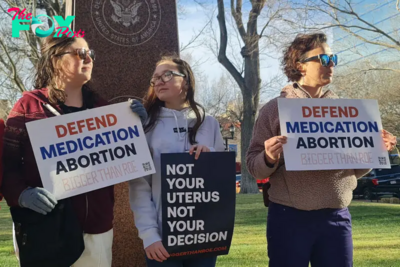
 Politics4h ago
Politics4h agoHow the Biden Administration Protected Abortion Pill Access—and What Trump Could Do Next
-

 Politics4h ago
Politics4h agoWhy Trump’s Tariffs Could Raise Grocery Prices
-

 Politics15h ago
Politics15h agoThe First Trans Member of Congress Expected Pushback Like Mace’s Bathroom Rule
-
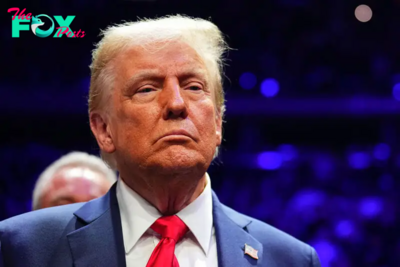
 Politics15h ago
Politics15h agoNew York Prosecutors Oppose Dismissing Trump’s Hush Money Conviction
-

 Politics20h ago
Politics20h agoWhite House Christmas Tree Is a Symbol of Resilience for Hurricane-Hit North Carolina Farms
-
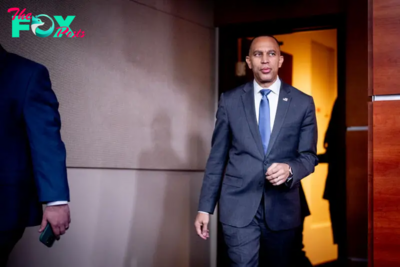
 Politics1d ago
Politics1d agoHakeem Jeffries Wins Reelection as House Democratic Leader Despite Party’s Losses
-
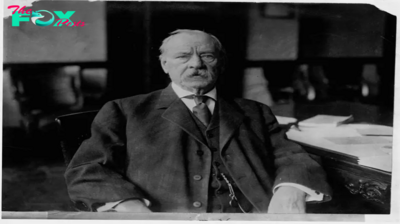
 Politics1d ago
Politics1d agoHow Grover Cleveland’s Grandson Feels About Donald Trump Becoming the Second U.S. President to Serve Nonconsecutive Terms
-
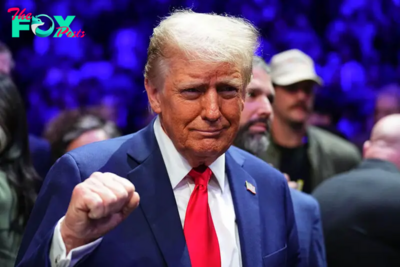
 Politics1d ago
Politics1d agoAs Trump Seeks Mass Deportations, Workplace Raids May Not Help Much
















